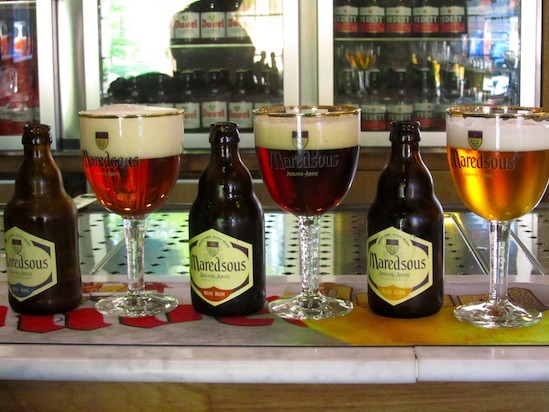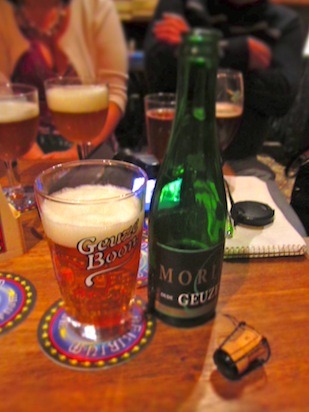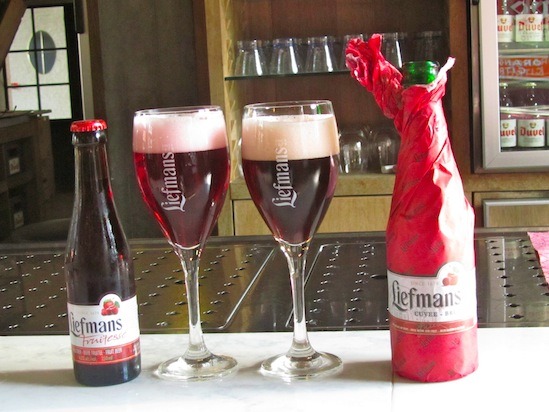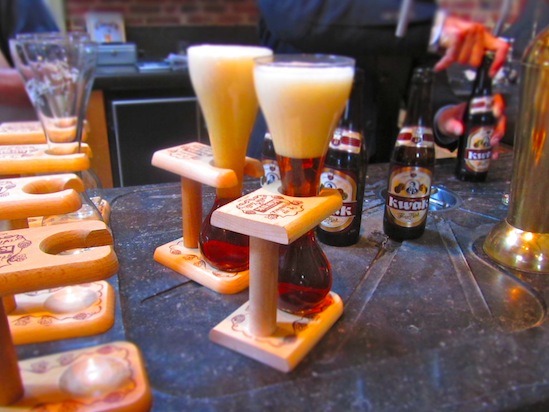The Ultimate Guide To Belgian Beer Slideshow
The Dubbels, Tripelsn and Strong Ales that fall into this category don't represent a single style but rather a family of beers, brewed using traditional techniques that can be traced back to a time when abbeys produced beer as a safer alternative to unreliable drinking water.
Only beer brewed under direct supervision of Trappist monks can be designated as a Trappist Ale, and there are only seven such breweries in the world: Orval, Chimay, Rochefort, Westmalle, Achel, Westvleteren, and La Trappe. Of these, La Trappe is the only one that exists outside of Belgium.
Abbey Ales can be thought of in two categories: those with a legitimate connection to a monastic order and those connected only by a trail of paper and royalties. Try every one you can get your hands on. Dubbels work nicely with barbeque, steak and hearty stews. Tripels are great with spicy Cajun food.
Lambic and Gueuze
Made only in the Zenne Valley surrounding Brussels where the wild airborne yeasts and bacteria are thought to be just right, Lambics are typically blended and reclassified as either Gueuze or Fruit Lambic.
Gueuze is a blend of young and old, and put through a secondary fermentation in the bottle. Expect it to be refreshingly sour and bone dry, with some seriously funky yeast aromas. Fruit Lambics are a little sweeter and given names based on the type of fruit added: Kriek (cherry), Framboise (raspberry), Peche (peach), Casis (black currant), and Muscat (grape). Exponents of this style are Cantillon, 3 Fonteinen, Mort Subite, Boon, and Lindemans.
Oud Bruin and Flanders Red Ales
Like Lambics, these are also fermented with a potent cocktail of wild yeast and microbes, giving these brown (bruin) or ruby-colored ales some fruit-estery characteristics and also a noticeable lactic mouth pucker. What they don't share is the barn smell. You'll swear there are cherries in the recipe but don't be fooled, it's all microscopic organisms. Opinions vary on just how different Flemish Browns and Reds are from each other, mainly because their distinct profiles come out with age and brewers often blend old and new in massive oak casks to achieve their desired flavor prior to packaging.
Try the classics — Liefmans and Rodenbach — either as an apéritif or with a tart dessert.
Saison
Traditionally, Saison was a style that farmers produced in the spring for their own consumption through the summer and into fall. Often it was the unsold barley left over from harvest that made its way into an open fermentation tank in the barn attic. It was long thought to be a dying beer, kept alive only by a small handful of artisanal breweries. But that has recently changed, due to a surprising resurgence among craft brewers who see something worth preserving in its dry, earthy flavor, assertive hop profile, and spicy aroma.
Look for Saison DuPont and consider trying it out on something spicy or gamey that might otherwise call for a complex white wine.
Wheat Beer
Forget Hoegaarden. Long before InBev, even before hops came into the picture in the Middle Ages, beers were flavored with a mixture of herbs called "gruit." Later, when hops became widely available, they were added to this mixture, spawning what we now know as wheat beer. More commonly called "witbier" in Dutch or "biere blanche" in French, this ancient white ale gets its name and its cloudy haze from malted barley, oats and a good amount of unmalted wheat. The taste can be mostly attributed to coriander and orange peel.
Try St. Bernardus Witbier with steamed mussels for an unbeatable pair
Amber Ales
When you think of Belgian Amber Ales, Palm most readily comes to mind. These are Belgium's "session" beers, the closest approximation to a traditional English pale ale — minus the hops. De Koninck is the best example, though its fame still hasn't spread much beyond its native city of Antwerp. Served up in a fish bowl known as a "Bolleke," the brand logo pays a careful tribute to Brabo, a mythical giant who guarded the city's port and took a hand from any sea captain who refused to pay his toll.
These go well with just about anything: burgers, chicken, seafood and especially spicy foods.
Specialty Ales
Here are a few more beers that are absolutely worth a try.
Duvel is the prime example of a Belgian Blonde Ale, and an interesting example of a beer who's character changes dramatically when poured with the yeast or without.
Pauwel Kwak is instantly recognizable by its deep amber color and signature coachman's glass, held upright by a wooden stirrup. Malheur really fancies itself a brut, with tingly carbonation, spicy yeast and a dry finish.
